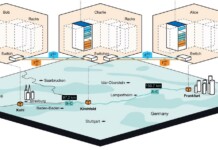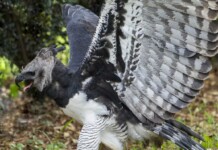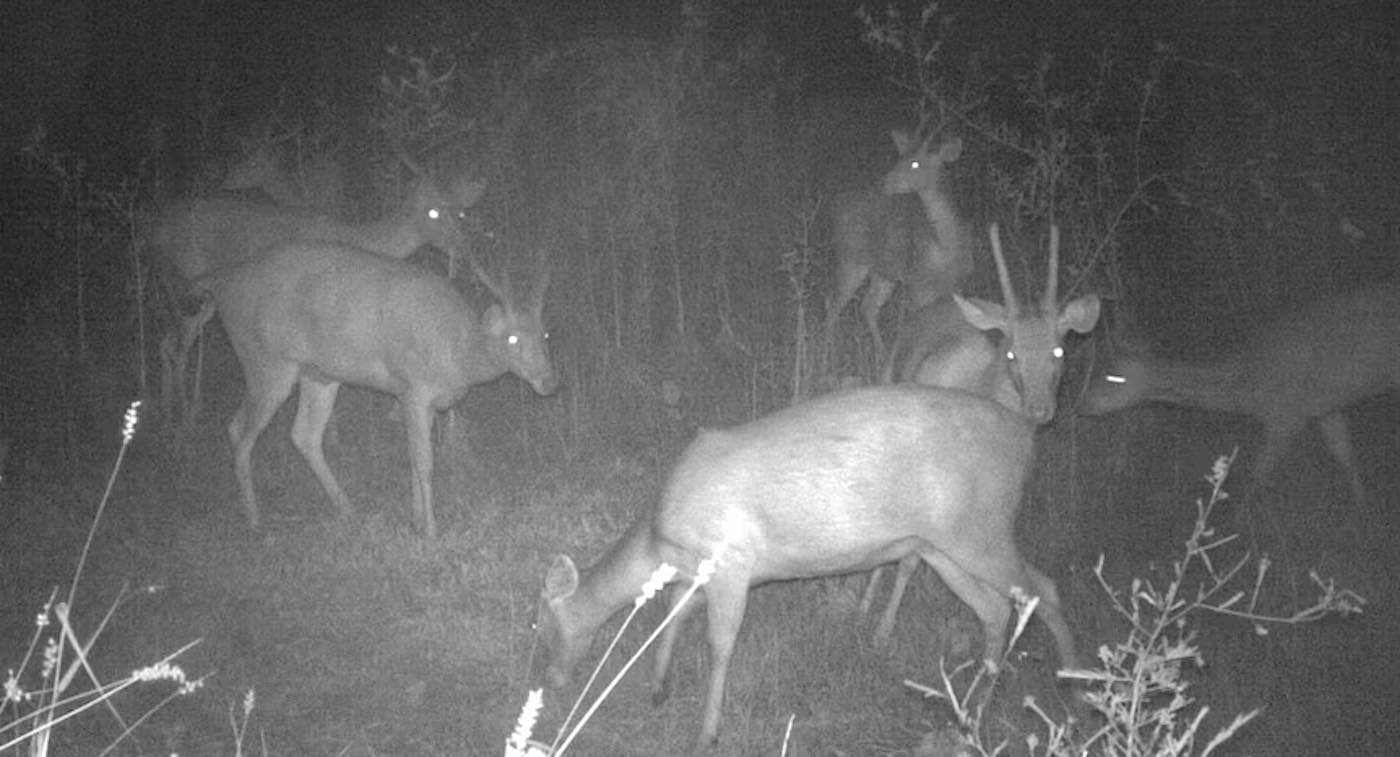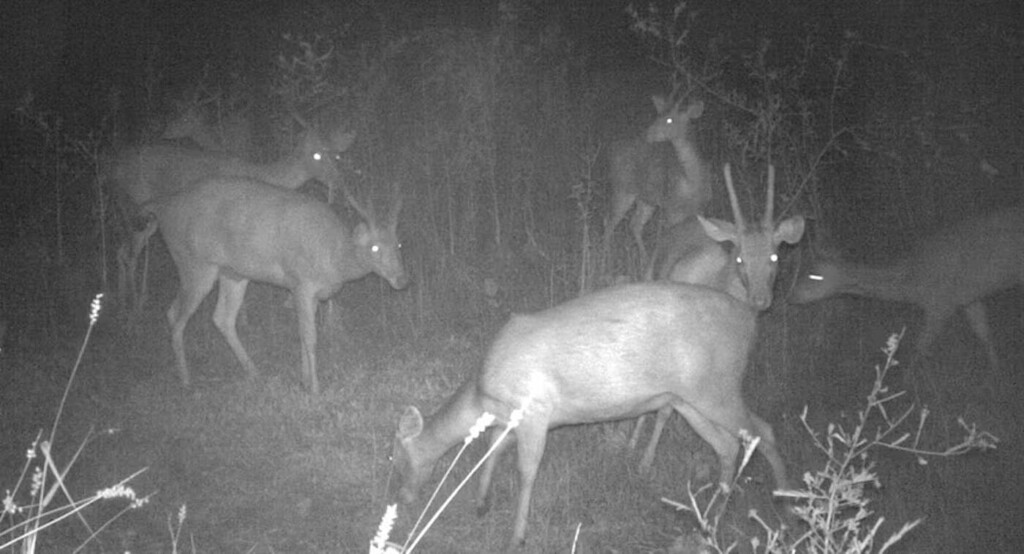
In Australia, wild deer that were destroying sea turtle habitat on an island near the Great Barrier Reef have been eradicated.
The result is that Australia’s largest flatback turtle rookery is now a safe haven for these ocean-goers once again.
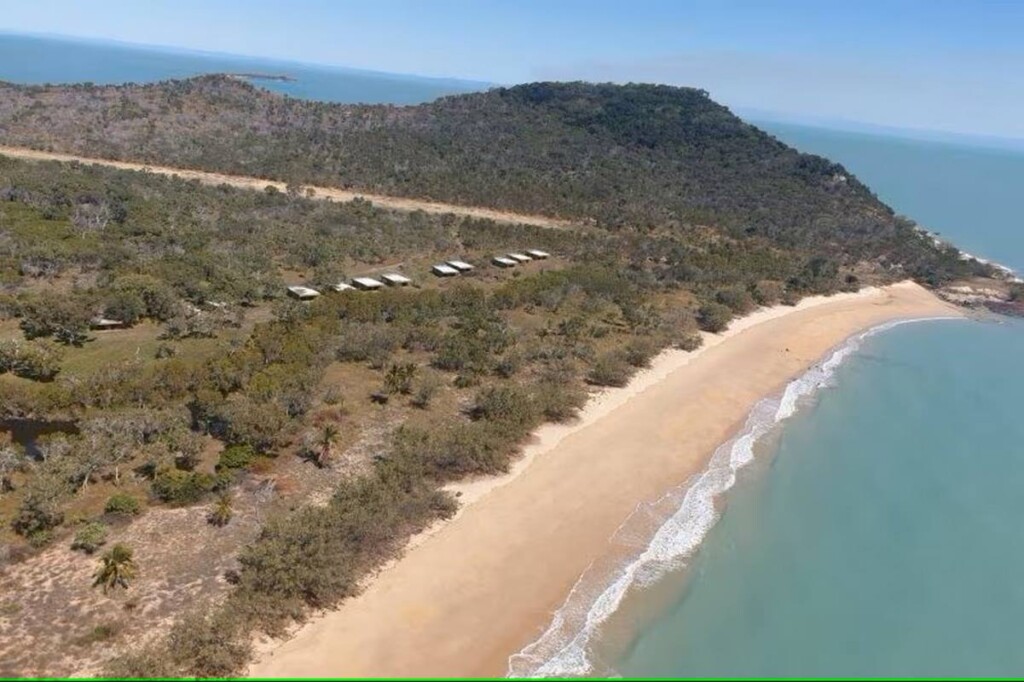
It’s just the latest in a string of high-profile success stories from islands all over Australia’s territorial waters, where conservationists are achieving their goals of returning these isolated ecosystems back to how they were before Europeans arrived.
Bringing goats, deer, rats, cats, foxes, rabbits, and other European wildlife along with them, they greatly disrupted sensitive sub-tropical biomes on islands like Macquarie, Lord Howe, and Middle.
Wild Duck Island sits off the northeastern coast between Rockhampton and Mackay in the state of Queensland. Here, Queensland Parks and Wildlife Service believes that Rusa deer were introduced illegally in 2003 to create a hunting population, but with no natural predators, they quickly multiplied until they began to threaten other species.
“The deer were down in among the dunes when the turtles were coming up and trying to nest … up until they start laying, if anything disturbs them, they will return back to the water,” Southern Great Barrier Reef principal ranger David Orgill told ABC News AU.
They were also trampling the eggs and nests themselves: something which became apparent as late as 2018. Understanding the gravity of the situation, as the flatback turtle has the smallest range of any sea turtle, meaning there aren’t many other places these reptiles nest, conservationists started to use thermal imaging cameras and trail cams to track the deer population.
ALSO CHECK OUT: 6 Saplings of Dinosaur-Era Tree Species Being Auctioned to Spread the Pines Around Australia
By 2023 they had removed over 270 deer, and earlier this year, a camera trap survey recorded no signs of the Rusa deer on Wild Duck Island.
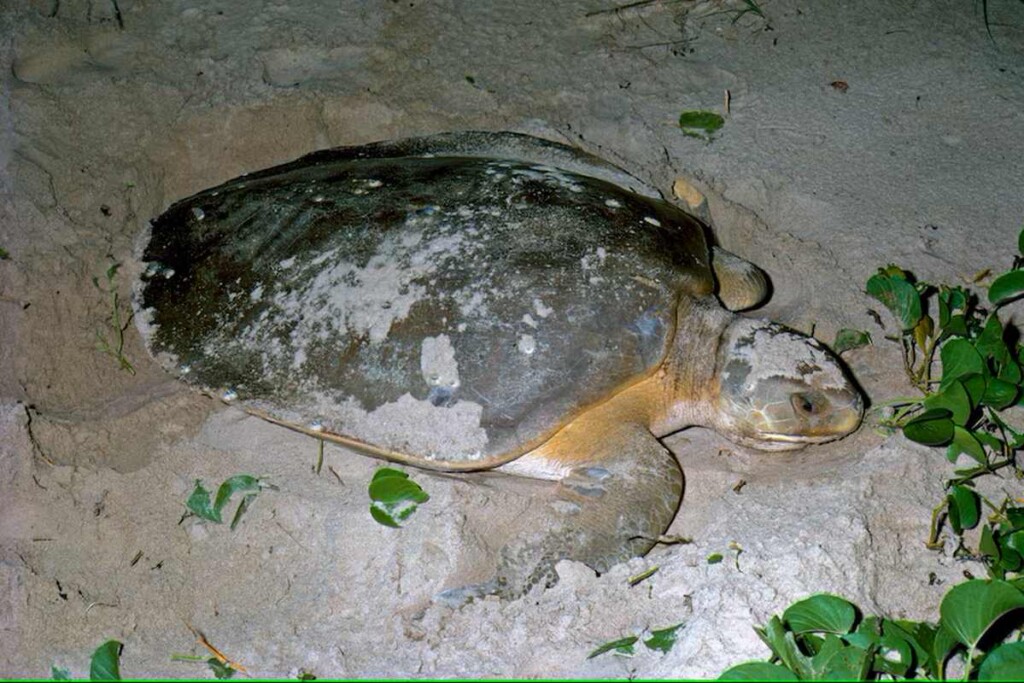
48 islands make up Broad Sound Islands National Park, and others remain infested with invasive species. The combination of thermal and night vision cameras used on Wild Duck is believed to be suited to other islands as well.
GNN reported earlier this year that the greatest conservation success story never told was the progress humanity has made in returning islands back to their natural state. Wild Duck joins a list of hundreds of islands, as famous as the Galapagos, and as obscure as Redonda.
RIGHT UP YOUR ALLEY: The Greatest Conservation Story Ever Told Isn’t Really Being Told
The work has preserved or returned habitat for thousands of species on hundreds of islands in all four oceans, many of which act as important nodes of shelter and food for migrating seabirds and undersea life as well.
SHARE This Wonderful News For These Turtles Down Under…


